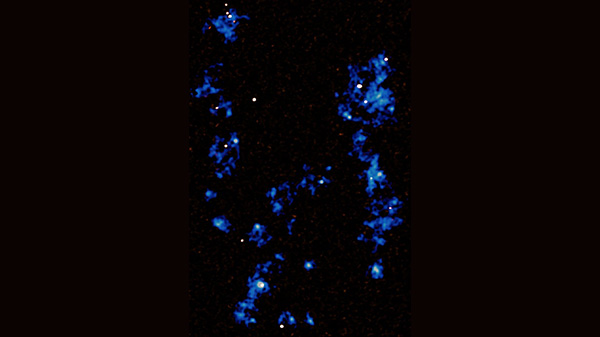Just In
- 10 hrs ago

- 12 hrs ago

- 12 hrs ago

- 13 hrs ago

Don't Miss
- Movies
 Pukaar Dil Se Dil Tak Promo: Sayli Salunkhe Impresses In First Video Of Sony TV Show, Details About Her Role
Pukaar Dil Se Dil Tak Promo: Sayli Salunkhe Impresses In First Video Of Sony TV Show, Details About Her Role - Sports
 Who Won Yesterday's IPL Match 34? LSG vs CSK, IPL 2024 on April 19: KL Rahul Stellar Batting Show Decimate Chennai Bowling
Who Won Yesterday's IPL Match 34? LSG vs CSK, IPL 2024 on April 19: KL Rahul Stellar Batting Show Decimate Chennai Bowling - Finance
 Rs 17/Share Dividend: Record Date On April 26; Buy The ICICI Group Stock To Be Eligible?
Rs 17/Share Dividend: Record Date On April 26; Buy The ICICI Group Stock To Be Eligible? - Lifestyle
 Golden Rules To Follow For Happy Marriage For A Long Lasting Relationship
Golden Rules To Follow For Happy Marriage For A Long Lasting Relationship - News
 Chinese President Xi Jinping Orders Biggest Military Reorganisation Since 2015
Chinese President Xi Jinping Orders Biggest Military Reorganisation Since 2015 - Education
 Exam Pressure Does Not Exist; Studying Punctually is Crucial; Says Aditi, the PSEB 2024 Topper
Exam Pressure Does Not Exist; Studying Punctually is Crucial; Says Aditi, the PSEB 2024 Topper - Automobiles
 Suzuki Swift Hatchback Scores 4 Star Safety Rating At JNCAP – ADAS, New Engine & More
Suzuki Swift Hatchback Scores 4 Star Safety Rating At JNCAP – ADAS, New Engine & More - Travel
 Journey From Delhi To Ooty: Top Transport Options And Attractions
Journey From Delhi To Ooty: Top Transport Options And Attractions
First Ever Image Of Cosmic Web Released; Could Help Study Of Galaxy Formation
Scientists have discovered a vast mysterious structure in space using European Southern Observatory's Very Large Telescope. Scientists say the 'cosmic web' is a massive, mysterious structure, which is a link to far-flung galaxies. For the first time, scientists observed the cosmic web directly.

Cosmic Web Explained
The cosmic web is an essential factor for the current theories of how galaxies were formed post the Big Bang. Until now, there were no direct observations and the evidence was circumstantial. Scientists observed that an ancient cluster of galaxies, situated nearly 12 billion light-years away in the constellation of Aquarius were linked by a network of gas filaments. An intensive observation developed to pick up the faintest known structures led to direct observation.

Cosmic Web Observed Directly
"It is very exciting to clearly see for the first time multiple and extended filaments in the early universe," says Prof Michele Fumagalli, an astrophysicist at Durham University and co-author of the paper. "We finally have a way to map these structures directly and to understand in detail their role in regulating the formation of supermassive black holes and galaxies."
Observations from the European Southern Observatory's Very Large Telescope revealed the light emitted by hydrogen scattered by the galaxies within a distant galactic cluster called SSA22. The telescope was able to identify individual filaments of intergalactic gas spanning young galaxies that formed a new cluster.

Cosmic Web Helps Understand Big Bang
The new cosmic web observation aligns with the dark matter theory that formed the galaxy. This further assists in confirming that hydrogen gas formed during the Big Bang collapses into sheets, then to filaments, which are scattered across space. The cosmic web observation further suggests that these filaments in concentrated form keep feeding growing galaxies with a steady stream of gas.
According to Hideki Umehata, of the Riken Cluster for Pioneering Research and the University of Tokyo, and first author of the research, "This suggests very strongly that gas falling along the filaments under the force of gravity triggers the formation of starbursting galaxies and supermassive black holes, giving the universe the structure that we see today."
-
99,999
-
1,29,999
-
69,999
-
41,999
-
64,999
-
99,999
-
29,999
-
63,999
-
39,999
-
1,56,900
-
79,900
-
1,39,900
-
1,29,900
-
65,900
-
1,56,900
-
1,30,990
-
76,990
-
16,499
-
30,700
-
12,999
-
62,425
-
1,15,909
-
93,635
-
75,804
-
9,999
-
11,999
-
3,999
-
2,500
-
3,599
-
8,893












































